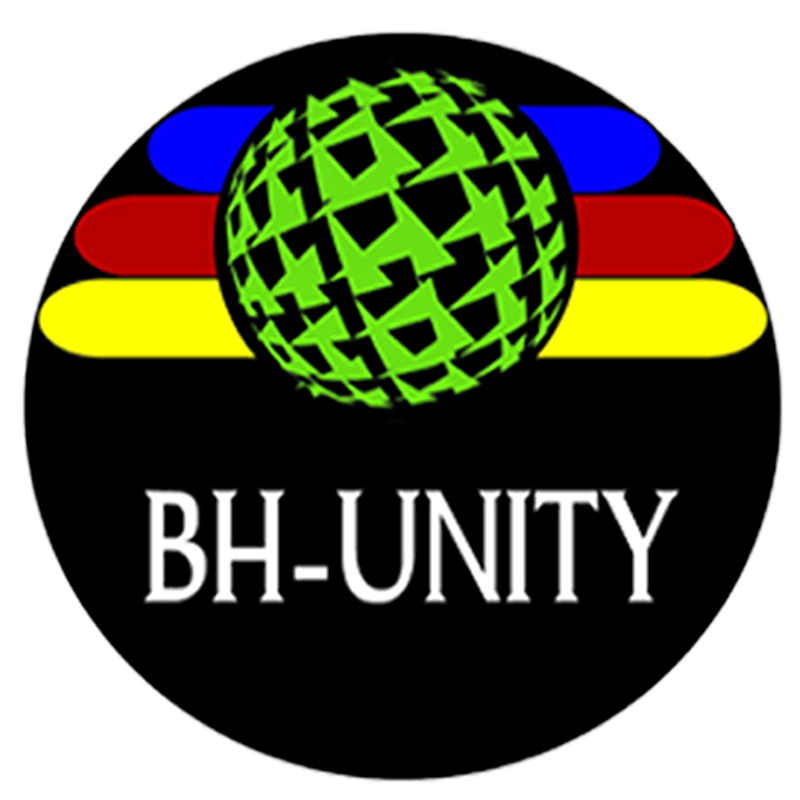Reshaping the new standard of signage production
The product overview reveals that the UJV100-160's core performance and hardware configuration precisely match signage applications.
In terms of hardware, the device utilizes Yumu's independently developed fifth-generation on-demand piezoelectric printhead. Its two-row staggered layout increases the nozzle density to 1200 nozzles per inch, supporting three resolution settings: 360dpi, 720dpi, and 1200dpi. It boasts a maximum print width of 1610mm and can accommodate roll and sheet media up to 1620mm wide. A single roll has a maximum load capacity of 30kg, meeting the needs of continuous batch production.
The ink system utilizes proprietary Eco Solvent six-color inks. In addition to the four basic CMYK colors, LC (light cyan) and LM (light magenta) are added. This expands the color gamut by 25% compared to traditional four-color systems, enabling accurate reproduction of complex color effects such as metallic luster and gradient transitions. This results in a 30% increase in color saturation in finished signage.
In terms of efficiency, the equipment can set multiple printing speed levels according to different resolutions. The printing speed is 8㎡/hour in 1200dpi high-precision mode, increased to 15㎡/hour in 720dpi standard mode, and can reach 28㎡/hour in 360dpi high-speed mode, which is 40% higher than the average efficiency of traditional equipment of the same level.
The innovative design of the DAS dynamic adjustment system and the large 1-liter ink bottle are the core competitive advantages that differentiate the equipment.
The DAS system, equipped with a high-definition visual monitoring module and intelligent algorithms, captures the ink flow status of the printhead, ink viscosity changes, and media surface flatness in real time during the printing process. It completes data calibration every 0.1 seconds and automatically adjusts the distance between the printhead and the media (with an adjustment range of 0.5-3mm) and the print pressure. This completely solves the problems of ink flying, ghosting, and color unevenness caused by uneven media and fluctuating ink viscosity in traditional sign printing.
The device's multi-material compatibility and eco-friendly features further expand its application scope, meeting the full range of signage production needs.
After rigorous material compatibility testing, the device can stably adapt to 12 common signage substrates, including PVC, acrylic, reflective film, folding screens, sheet metal (0.1-0.5mm), wood, and leather. The thickness range is 0.1-5mm. Seamless switching between different materials is achieved without changing printheads or adjusting core parameters, meeting the diverse production needs of commercial signs, scenic area guides, safety signs, and exhibition displays.
